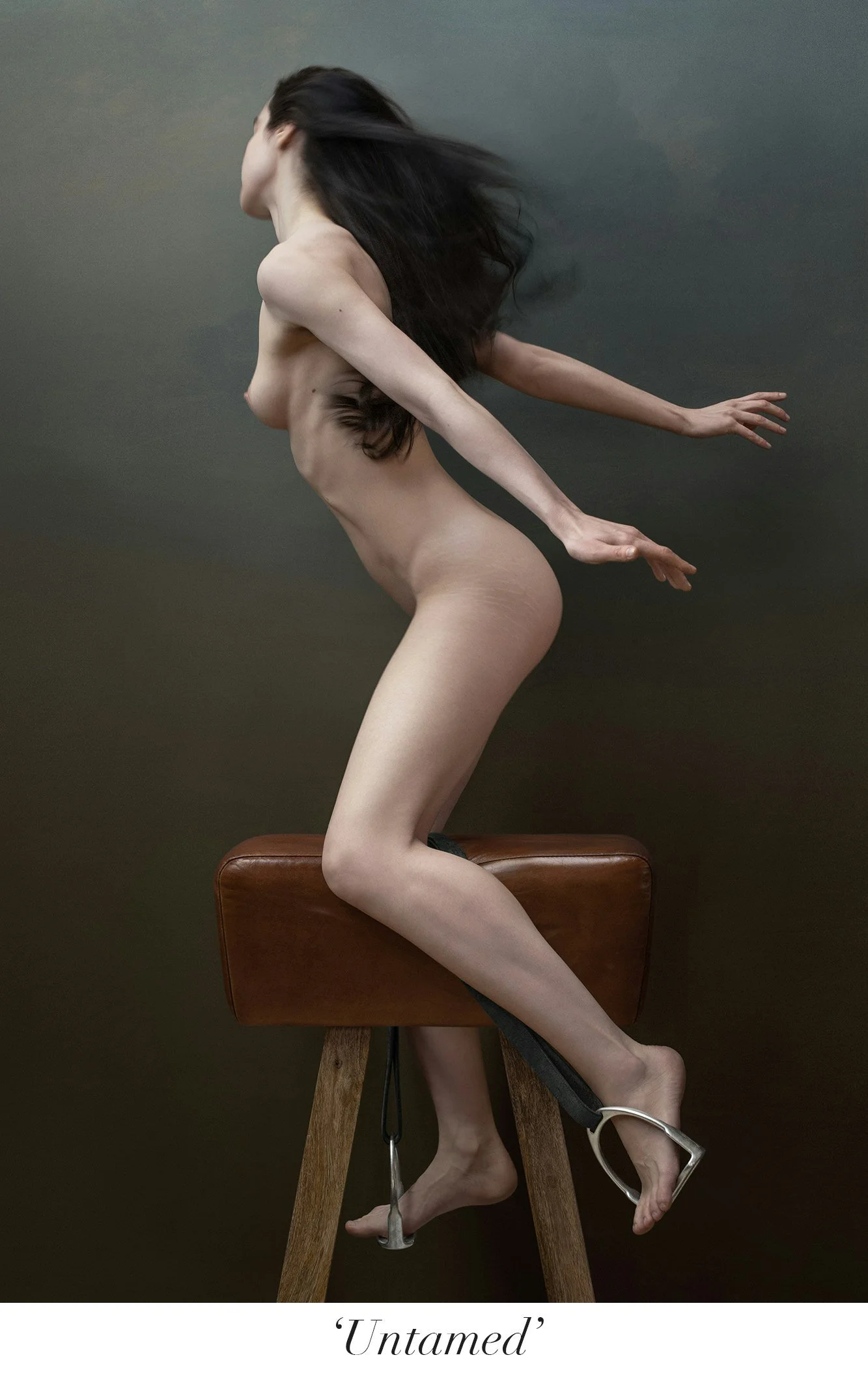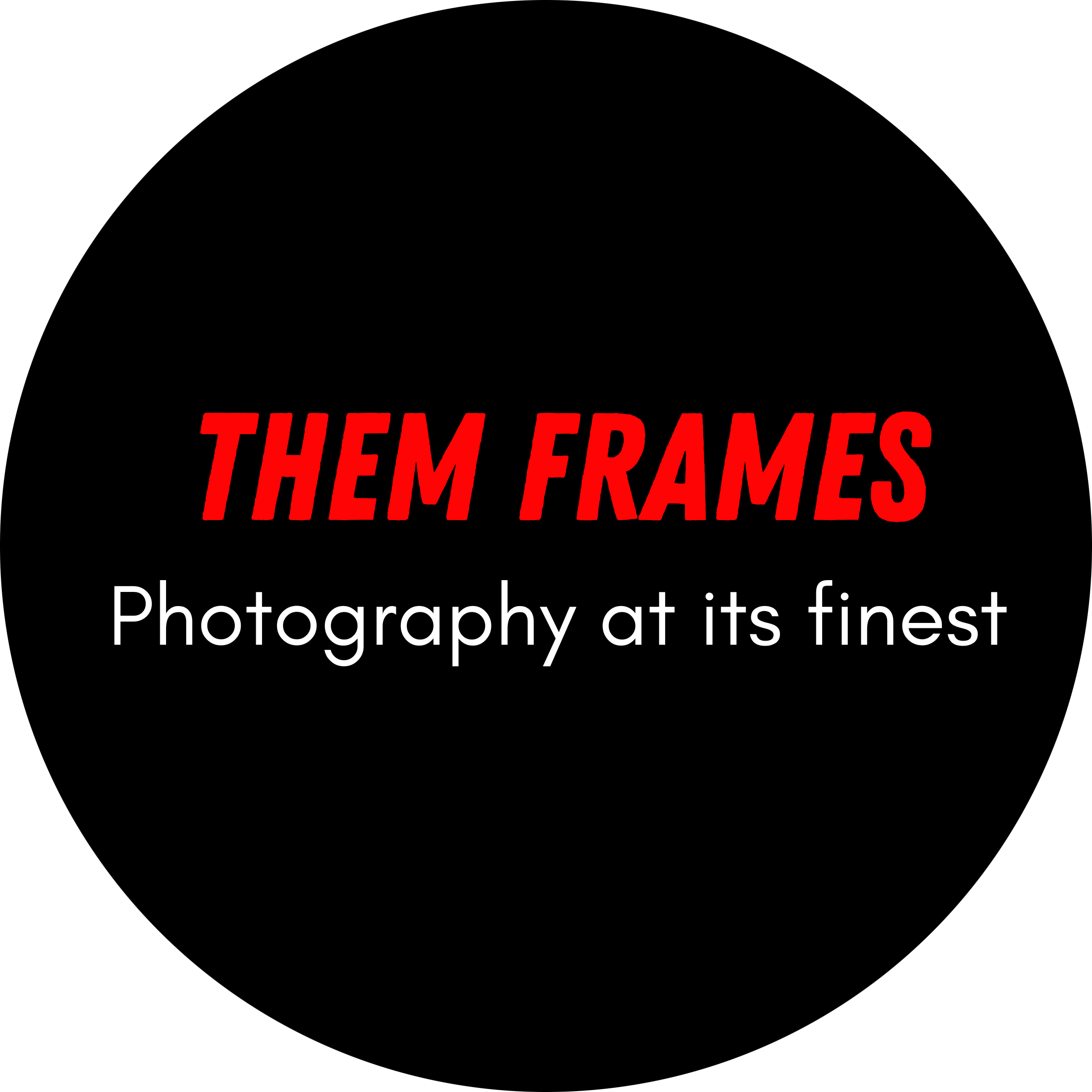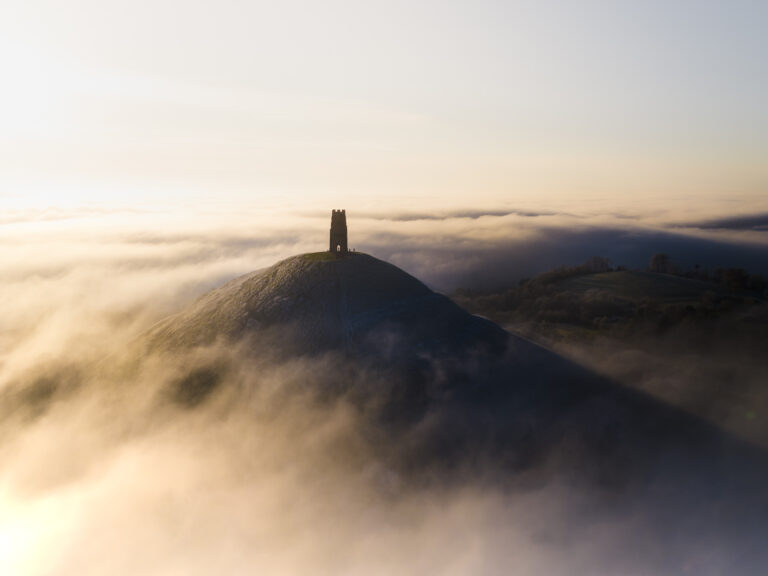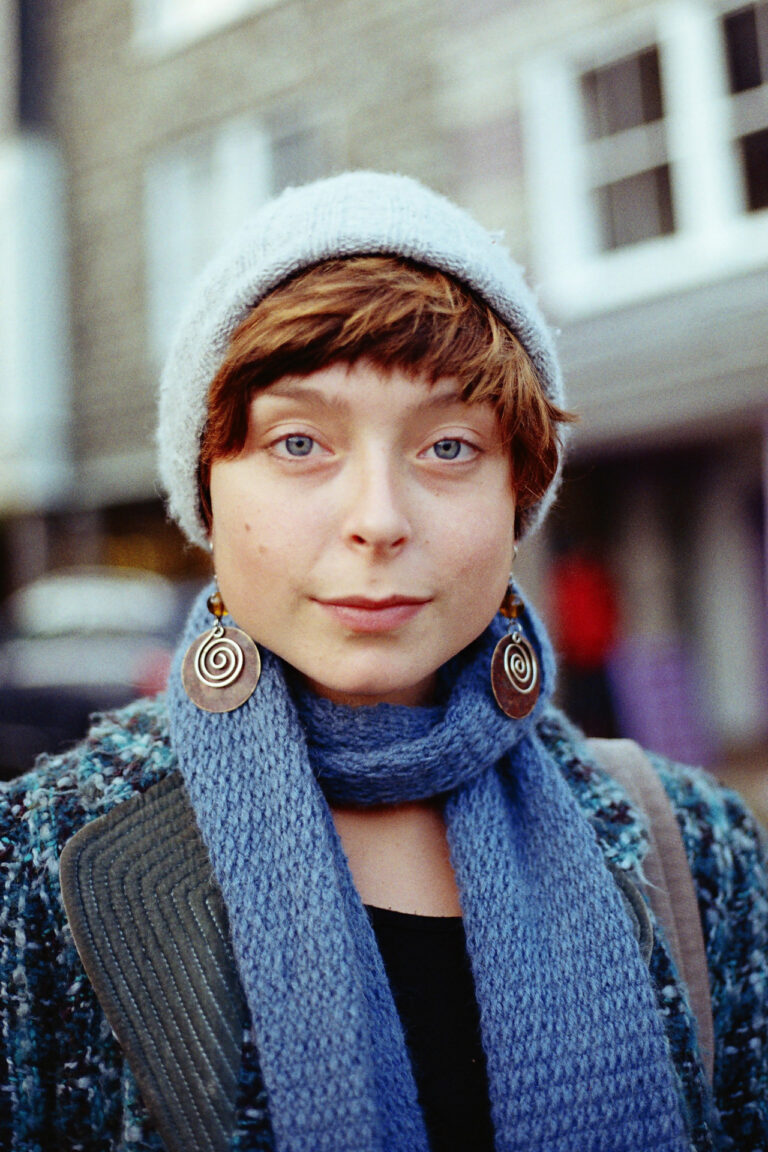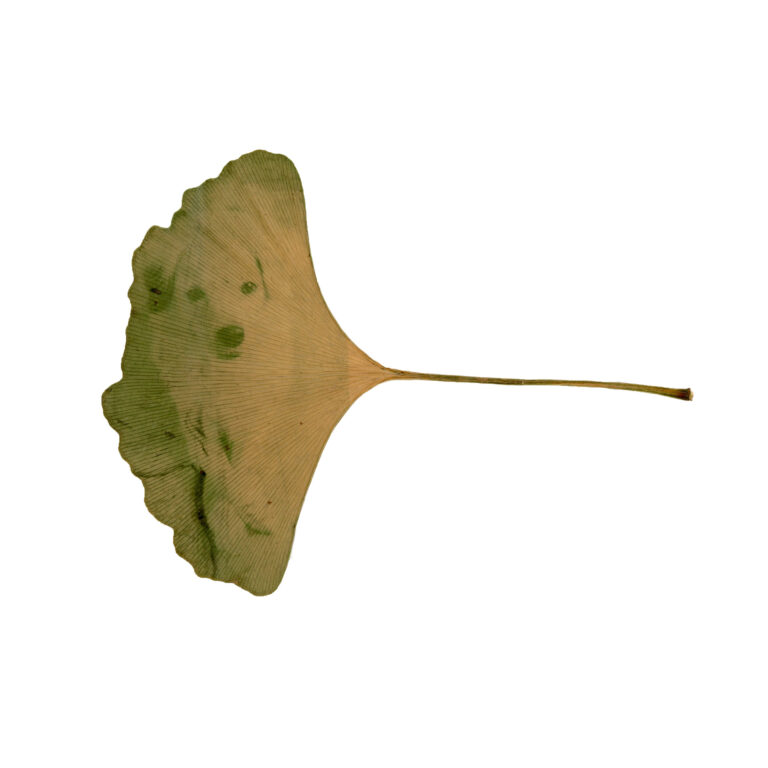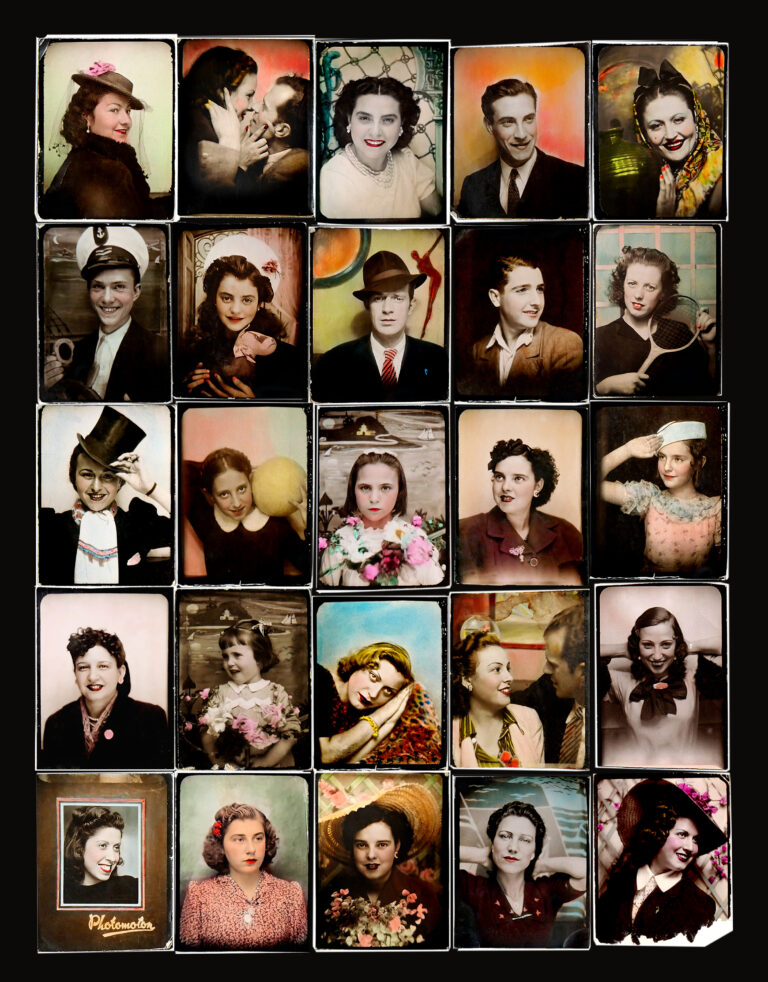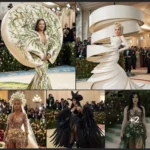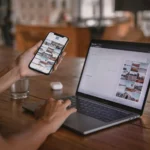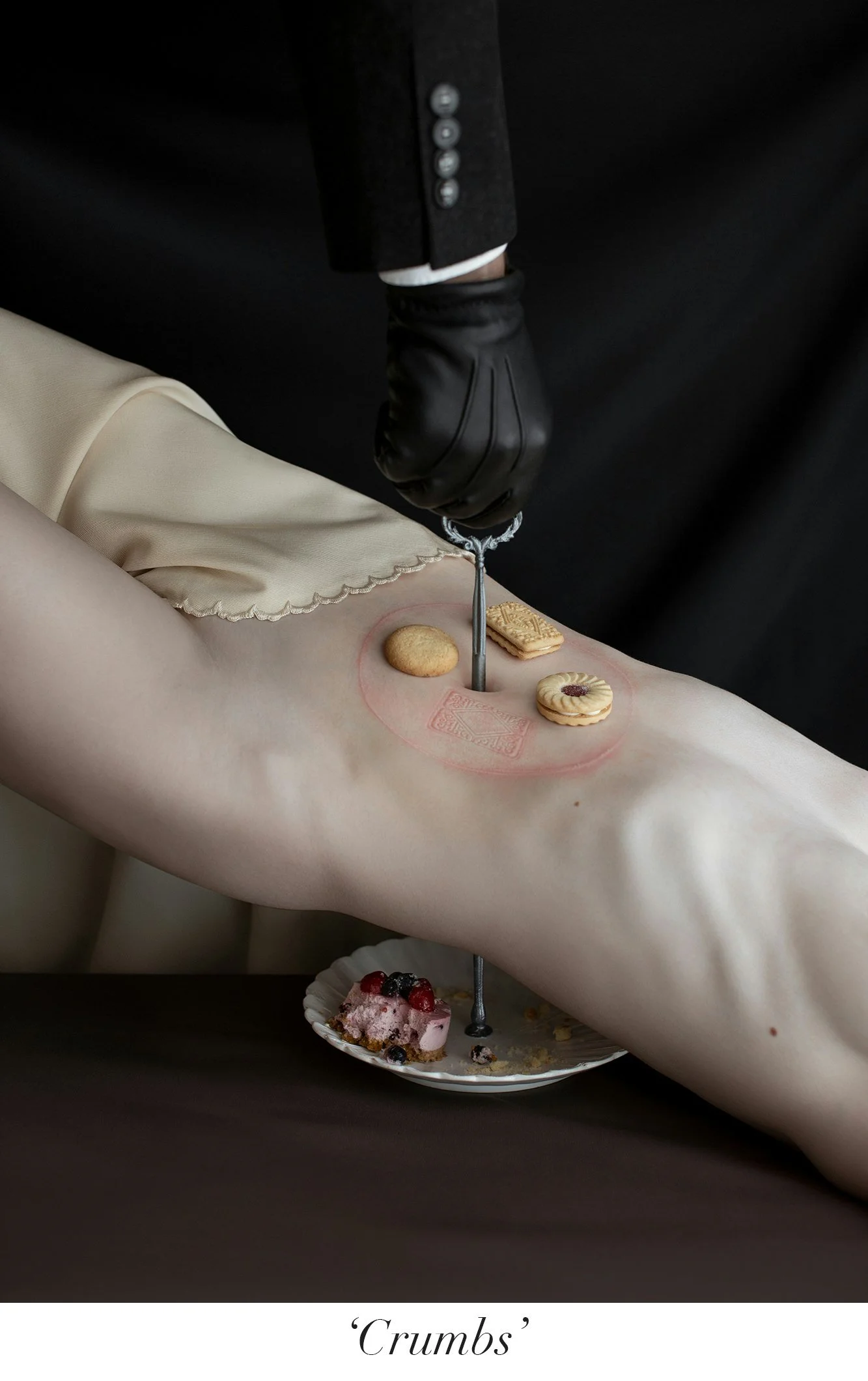
All images by Iness Rychlik. Used with permission.
The human body is complex and still largely misunderstood. This leaves many people living with chronic conditions for which there is no obvious cure. Unable to stop it, life becomes about managing and trying to control it, rather than letting it control you. For Polish-born artist Iness Rychlik, photography has become her holistic medicine, as she uses the art form to process the reality of suffering with a chronic hypersensitive skin condition.

I know firsthand what it feels like when the body doesn’t function how you want it to. It can strip you of your confidence and your zest for life. At its worst, a chronic health condition can leave you questioning the point of your existence and make you wonder what you did to find yourself in such a position.
In Rychlik’s experience, her condition left her drowning in insecurity. It triggers emotions that dysregulate the nervous system, leaving her with secondary symptoms such as dissociation, anxiety, and visual snow.
She had a choice to make: suppress her emotions, or tackle them head-on through creative and cathartic outlets. Thankfully, she chose the latter option, and from this her self-portraits were born.
For the past seven years, Rychlik has pointed the camera toward herself. Beyond the obvious expression of pain, for me, the work highlights the beauty that comes from even our most difficult challenges.
From gentle butterflies to sensual fabric, there’s a constant theme of solace amongst the pain portrayed in her photographs.
It’s as if, through her works, Rychlik is set free. Free from her hardships, her conditions and all the challenging emotions that come from her life experience.
It’s truly a beautiful thing to witness, and another example of the power and liberation that can come through the practice of photography.
That’s my take on her self portraiture, however, there’s nothing better than hearing from the artist herself.
I caught up with Rychlik to learn about her life experience and the role self-portraits have in helping her make sense of it all.
Them Frames: Hello Iness! Seven years of self portraits – can you tell us what the journey of self exploration has been like and how your relationship with self has evolved because of the process of visual documentation?
Iness Rychlik: When I started working with my skin condition, I felt like I was able to gradually discover a deeper level of introspection. Taking ownership of a long-standing insecurity led to an untamed exploration of creativity, even in pieces that don’t show my condition at all.
Over the past few years, I’ve made it a point to be kinder to myself. I finally realized how therapeutic and valuable my art practice is for me, and I wish to keep it that way by letting go of any joy-killing expectations – whether internal or external.

Them Frames: Please talk to us about the role of pain in both your life experience and the images you make. Is there a relationship between emotional pain and the physical pain you portray?
Iness Rychlik: My body bears the weight of my emotional experiences. Pain, especially the kind we are told to suppress, will always find its way to the surface. For me, the healthiest way to deal with it is through art: weaving my skin condition into my images, making it visible, gives me solace. The physical marks are symbolic of something deeper: grief, shame, rage, despair – and ultimately, always, resilience.

Them Frames: The concepts through the years are very varied and full of detail. What process helps inspire ideas for you?
Iness Rychlik: I believe that nothing imaginative happens in an empty vacuum, and my creativity is a muscle I need to exercise just like my body. My husband is a writer and we are similar in a way we endeavour to surround ourselves with art and books, always visiting galleries whenever we travel, or tracking down suspicious volumes on eBay.
I feel a childlike sense of wonder when I discover a new piece (whether visual or literary) that ignites my imagination. However, to me, true creativity comes from being able to combine those thousands of threads with my personal experiences into a single conceptual photograph that feels both surprising and understandable.
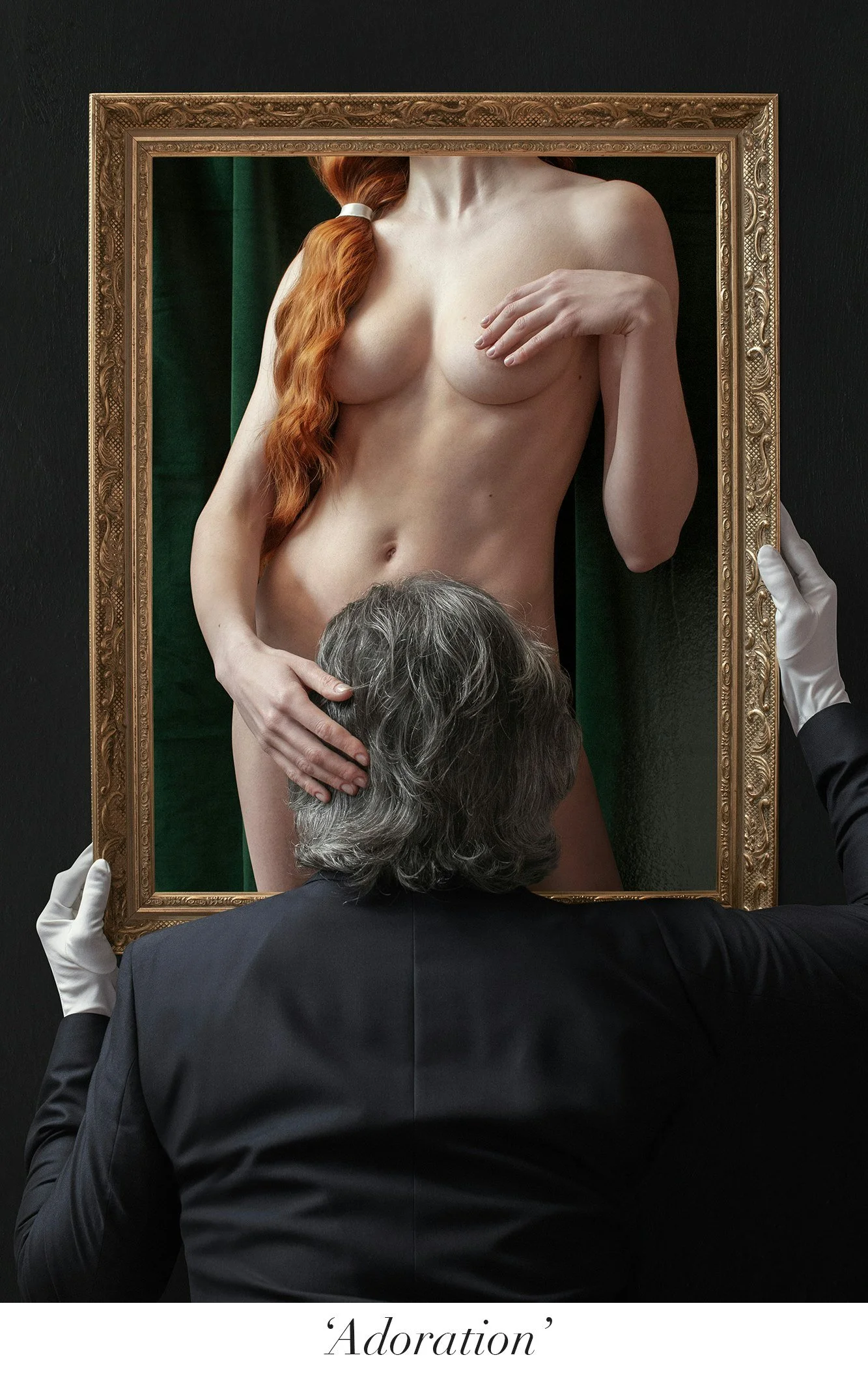
Them Frames: Your shoots seem like they take a lot of physical and emotional energy – how do you tend to feel after making an image and what helps you calm down and rebalance your energy?
Iness Rychlik: Once I’m out of the mindful flow state, I tend to feel quite drained – whether the shoot was a success, or I determined it needs more testing. There is nothing more humbling than tidying up after a demanding session that did not quite go to plan. To rebalance my energy, I love to have a hot shower (even if it’s 3pm), do my skincare routine and take a nap, snuggling with our pets.

Them Frames: You live with a couple of chronic conditions. I’m curious, while in the mindful moment of image making do you see any differences in the severity of your symptoms?
Iness Rychlik: When I am so deeply absorbed by my process, I experience less discomfort or pain related to my skin condition, which might seem counterintuitive, as I’m actively irritating it with pressure. I also feel that certain other symptoms subside – the dissociation, anxiety, visual snow. Image making is my sacred and happy place (well, most of the time).


Them Frames: We love music here. What album or song do you think would perfectly accompany your body of work?
Iness Rychlik: I love music here too! There are so many great albums to choose from, but Florence + The Machine’s ‘How Big, How Blue, How Beautiful’ has had a special place in my heart for almost ten years.
Them Frames: Finally, please finish this sentence: I need photography in my life because…
Iness Rychlik: It completes me.
